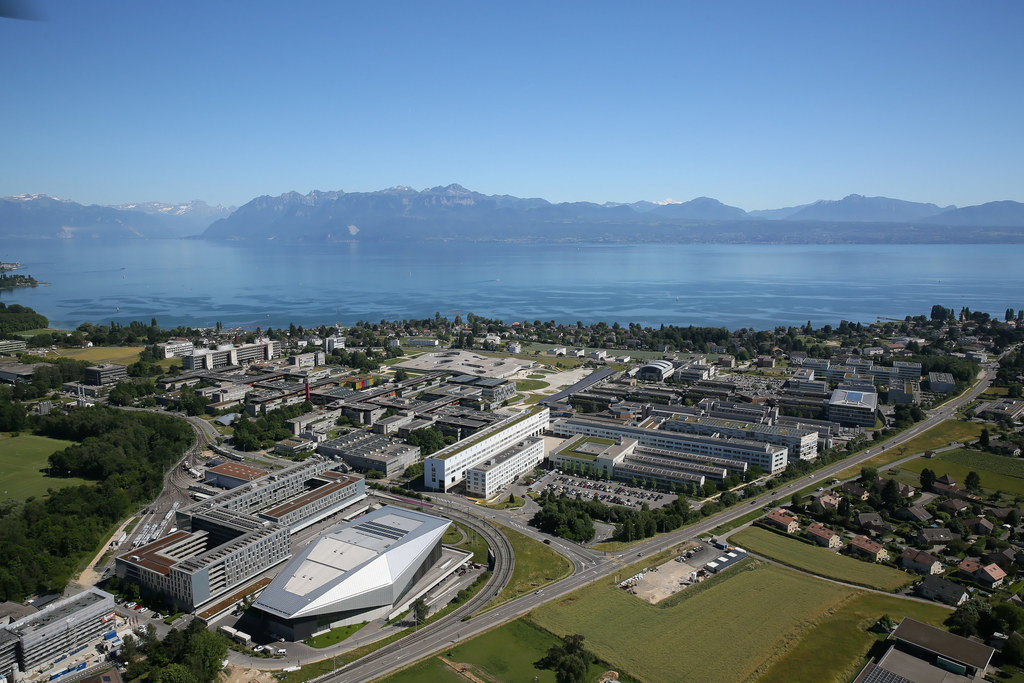Summer School on Stochastic Analysis

Abstracts of mini courses
Pawel Duch (Poznan, Poland)
Title: Flow equation approach to singular stochastic PDEs
Abstract: I will give an overview of a new approach to singular stochastic PDEs based on a renormalization group flow equation. The approach applies to a large class of singular SPDEs with fractional Laplacian, additive noise, and polynomial non-linearity and covers equations in the whole subcritical regime. The main idea of the approach, borrowed from the Wilsonian renormalization group theory, is to study the effective equations describing the dynamics of coarse-grained processes capturing the behavior at different space-time scales of the process solving the original equation. The flow equation governs the evolution of the non-linear terms of the effective equations in the coarse-graining scale and plays an analogous role to the Polchinski equation in QFT. The renormalization problem is solved using a simple inductive argument and amounts to imposing appropriate boundary conditions when solving the flow equation. The method does not involve any Feynman diagrams.
Martin Hairer (EPFL)
Title: Lyapunov Techniques
Abstract: To come
Felix Otto (Max Planck Institut f ̈ur Mathematik in den Natur-wissenschaften, Leipzig)
Title: Regularity structures without trees and with Malliavin calculus
Abstract: Singular stochastic PDE are those stochastic PDE in which the noise is so rough that the nonlinearity requires a renormalization. Hairer’s regularity structures provide a framework for the solution theory. His notion of a model can be understood as providing a (formal) parameterization of the entire nonlinear solution manifold of the renormalized equation, with space-time polynomials playing the role of parameter space. In this course, I will focus on the stochastic estimates of the model term-by-term.
I shall present a more analytic than combinatorial approach: Instead of using trees to index the model, we consider all partial derivatives w. r. t. the parameter space of polynomials and the function defining the
nonlinearity (and thus work with multi-indices as index set). Instead of a Gaussian calculus guided by Feynman diagrams arising from the pairing of trees, we consider first-order partial derivatives w. r. t. the noise, i. e. Malliavin derivatives. This calculus allows to bypassing of the singular counter terms.
We employ tools from quantitative stochastic homogenization like spectral gap estimates, which naturally complement the standard choice of renormalization, and annealed estimates, which as opposed to their quenched counterparts preserve scaling. We plan to discuss this in a
simple case like φ43.
This relies on joint work with P. Linares, M. Tempelmayr, and P. Tsatsoulis, based on work with J. Sauer, S. Smith, and H. Weber.
Lenya Ryzhik (Stanford)
Tentative title: Connections between deterministic parabolic PDEs and branching Brownian motion
Fisher-KPP equation to the asymptotics of the extremal process of branching Brownian motion.
Lecture 3. First, we will discuss an interpretation in terms of the branching Brownian motion
of other parabolic equations, not of the Fisher-KPP type, in terms of the genealogical trees of
Leonardo Tolomeo (Edinburgh)
Title: Stochastic quantization of the Phi for 3-model
Abstract. In this lecture series, we will complete the program on the (non-)construction of the Gibbs measures for focusing on nonlinear Schroedinger equations. The program was initiated by Lebowitz-Rose-Speer (1988), who built the focusing Φp measure in dimension 1 by introducing a suitable mass cutoff. The program was continued by Brydges-Slade (1996), who showed that in d = 2, the Φ4 measure cannot be constructed, regardless of the choice of the (renormalized) mass cutoff. In a work with T. Oh and M. Okamoto, we completed the project by showing that in d = 3, the Φ3 measure is critical, and exhibits a new phase transition. Namely, the measure is constructible in the weakly nonlinear regime (low temperature), while it is non-normalizable in the strongly non-linear regime (high temperature).
In this series of lectures, we will first introduce the variational approach introduced by Barashkov – Gubinelli, and exploit it to review the theory in 1 and 2 dimensions. Afterwards, we will focus on 3-dimensional case and show the mechanism that makes the phase transition happen.